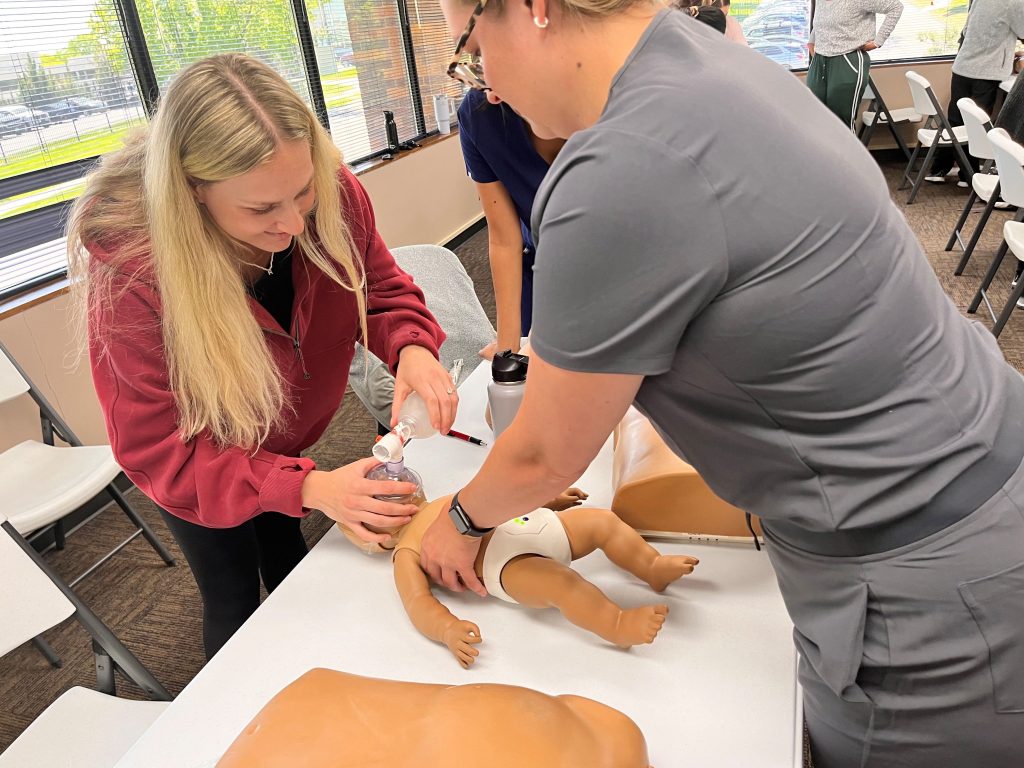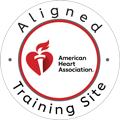Effective ventilation is a critical component of emergency medical care, ensuring that a patient receives adequate oxygen during respiratory distress or cardiac arrest. Whether in basic life support (BLS) or advanced cardiac life support (ACLS), healthcare providers and first responders rely on a bag-mask device to deliver lifesaving breaths when a patient cannot breathe on their own. Proper use of this device can mean the difference between life and death, highlighting the importance of proper training and hands-on experience.
At CPR Kansas City, we emphasize the importance of mastering this skill through high-quality CPR and emergency response training. Understanding how to properly deliver breaths using a bag-mask device is essential for anyone responsible for providing emergency care, including healthcare professionals, emergency medical technicians (EMTs), and even trained bystanders in certain situations.

What is a Bag-Mask Device
A bag-mask device, also known as a bag-valve-mask (BVM) device, is a handheld tool used to provide positive-pressure ventilation to individuals experiencing respiratory failure. It consists of three main components: a self-inflating bag, a face mask, and an oxygen reservoir. The self-inflating bag is designed to push air or oxygen into the patient’s lungs, while the mask forms a seal over the nose and mouth to ensure effective delivery. When connected to an oxygen source, the device can provide nearly 100% oxygen concentration, which is crucial for patients in distress.
Call Us Now
Get the Best CPR Class in Kansas City Today!
Bag-mask devices are commonly used in emergency settings, including during cardiopulmonary resuscitation (CPR), for patients experiencing severe respiratory distress, or when intubation is not immediately available. Emergency responders and healthcare professionals must be proficient in using a BVM device to ensure efficient and effective ventilation in critical situations.
Steps to Delivering Breaths Using a Bag-Mask Device
1. Positioning the Patient
Proper patient positioning is the first step in successfully delivering breaths using a bag-mask device. The patient should be lying on a firm surface in a supine position to facilitate airway management. In most cases, the head-tilt/chin-lift technique is used to open the airway by tilting the head back and lifting the chin upward. However, if a spinal injury is suspected, rescuers should use the jaw-thrust maneuver to open the airway without causing further harm.
2. Creating a Proper Seal
A secure seal between the mask and the patient’s face is essential for effective ventilation. If air escapes due to a poor seal, the patient may not receive adequate oxygen. Rescuers can use either a one-person or two-person technique to hold the mask in place. The one-person technique involves using the “C-E grip,” where the thumb and index finger form a “C” shape around the mask while the other fingers lift the jaw. However, the two-person technique is often more effective, with one rescuer holding the mask securely while the other operates the bag. This method ensures a better seal and improves the chances of successful ventilation.
3. Squeezing the Bag
Delivering breaths at the correct rate and volume is critical to preventing complications. For an adult patient, the recommended ventilation rate is one breath every 5–6 seconds, while for children and infants, it is one breath every 2–3 seconds. Each breath should be delivered over approximately one second, using just enough volume to produce a visible chest rise.
Over-ventilation, or providing excessive air volume or frequency, can lead to serious complications such as gastric inflation, which increases the risk of vomiting and aspiration. It can also cause lung hyperinflation, reducing the effectiveness of chest compressions during CPR. By maintaining proper timing and volume, rescuers can optimize oxygenation while minimizing potential risks.
4. Monitoring Chest Rise
Observing the patient’s chest for a visible rise with each breath is a crucial step in ensuring effective ventilation. If the chest does not rise, adjustments may be needed. Potential causes of inadequate ventilation include an improper mask seal, airway obstruction, or inadequate bag compression. If there is no visible chest rise, rescuers should reposition the mask, reattempt the head-tilt/chin-lift or jaw-thrust maneuver, or check for blockages in the airway.
Common Mistakes and How to Avoid Them
Even trained professionals can make mistakes when using a bag-mask device, which is why continuous training and practice are essential. Some of the most common errors include:
Poor Mask Seal: If the mask is not sealed properly, air escapes rather than entering the patient’s lungs. Ensuring the mask is the correct size and using a two-person technique when possible can improve ventilation effectiveness.
Incorrect Hand Placement and Grip: Holding the mask incorrectly can result in air leakage. Practicing the C-E grip and switching to a two-person technique when necessary can help maintain a secure seal.
Over-Ventilation: Providing breaths too quickly or with too much force can lead to complications. Rescuers should focus on delivering slow, controlled breaths with just enough volume to produce chest rise.
Failure to Recognize Airway Obstruction: If a patient’s airway is blocked, ventilation will be ineffective. Rescuers should check for obstructions, reposition the head, and use suction if necessary.
The Importance of Training and Hands-On Practice
Mastering the use of a bag-mask device requires more than theoretical knowledge—it demands hands-on practice to develop confidence and competence. CPR Kansas City offers comprehensive CPR, BLS, ACLS, and Pediatric Advanced Life Support (PALS) courses designed to equip healthcare providers, first responders, and even laypersons with the skills they need to respond effectively in emergencies.
Training courses provide the opportunity to practice BVM ventilation in realistic scenarios, receive feedback from instructors, and refine techniques to improve efficiency. By participating in structured training, individuals can ensure they are fully prepared to manage airway emergencies and provide high-quality ventilation when it matters most.
Delivering breaths using a bag-mask device is a fundamental skill for emergency responders and healthcare providers. Proper technique—including patient positioning, creating a secure seal, controlling ventilation rates, and monitoring chest rise—ensures effective oxygen delivery and reduces complications. Avoiding common mistakes and committing to ongoing training can make all the difference in a real-life emergency.
For those looking to improve their life-saving skills, CPR Kansas City offers expert-led training courses in CPR, BLS, ACLS, and PALS. Don’t wait until an emergency happens—get the training you need today to respond when it matters most. Sign up for a course at CPR Kansas City and be prepared to save lives!


